Looking beyond Skin through Apples
by Rocky Mol Selvaraj
My artistic exploration with apples began during my MA in Fine Arts at Lincolnshire, a region where the fruit carries a legacy of curiosity and discovery. It was a journey rooted in self-discovery focused on investigating my sense of identity, social exclusion, and the sources of my discontent. Initially ‘Skin’ emerged as the central theme that held them all together. By metaphorically engaging with skin as both subject and medium and delving into the concept of ‘skin-ego’—a term introduced by French psychoanalyst Didier Anzieu (Mehuron, 1993) – I looked at my skin as the fundamental envelope or boundary that shaped me physically and psychologically.
Through photography, printmaking and painting, I first observed the random patterns and scars on the surface of my skin without much thought.
Following intuition, I started painting very visceral wounds, as an attempt to unearth what my skin had managed to hide; I painted a lot of red and brown skin-scapes. I covered canvases with layers of thick paint and plastering with band-aids while investigating the self and my lived experiences to understand my internalised feelings of shame, disgust and overall undesirability as a woman from one of the marginalised caste groups of India. I let my emotions flow on a canvas looking for some breakthrough.
India’s Caste system is one of the most rigid and resilient social stratifications that has challenged the passage of time and is conserved through familial traditions and culture. It is an extremely complex structure with its beauty and contradictions – like that of skin. Determined by birth, caste is an inescapable skin that shapes daily life and social interactions. I wonder if introversion is truly my inherent nature or a by-product of associated shame and disgust from my Paraiyar caste identity.
Pariayars are members of a marginalised community who traditionally played drums (Parai) at rituals and ceremonies in South India. The caste name has also carried its weight from local contexts in India to the global stage, with the English term ‘Pariah’ (Viswanath, 2014) taking on a universally negative connotation, symbolising exclusion, disgrace, and outcast status. Through consciously acknowledging and engaging with the concept of caste, making art, and observing my day-to-day social interactions with my new social circle in the UK, I realised that my ego was deeply wounded. This often resulted in feelings of exclusion when interacting with people outside the premises and context of caste. This new awareness paved the way for shifting my focus to re-imagining myself rather than exploring the concept and politics of caste. It was arguably not the best approach, but I chose the freedom to craft a personal narrative through engaging with my subconscious.
The colour red evokes an array of emotions from hunger, fear, passion, anger and love. It also stands for universality, for it is red beneath the skin. By adding red filters to experimental images of my skin, I began re-investigating my sense of self.
I peeled skin imprints in red and made a Rose out of the skin as the texture suggested.
At this point I found an apple in my student accommodation with wrinkled skin. Little did I know that apples and roses were genetically related. The patterns mirrored the fractals (Honda et al, 1996) on skin and I was visually hypnotised or in other words, I fell in love with apples.
I brought the apple to my studio,
Painted a red wrinkly textured apple on canvas and,
Painted the apple – brown.
Inspired by the same patterns on skin, I was also painting a Pythagorean tree representing my paternal family, titled ‘My patternal tree’. This was also an abstract portrayal of a huge Banyan tree (Ficus benghalensis) in my village, that the family worships. I paid my visit, stood under the tree, and prayed before leaving India to pursue my career in arts, like how my father did before he started a new job or moved to a new place.
I describe this tree as the sole testament to the patterns of our lives chasing growth, love, failing, falling and repeating. I grew up hearing disturbing stories of my father and uncles facing terrible discrimination throughout their lives, including violent physical attacks from a dominant upper-caste community in the area. I acknowledge the privileges I have compared to my previous generations. And this perception of relative progress encourages me to delve into a state of denial, and contradiction.
With no further thoughts, I filled the tree with apples;
Maybe this was an act of frustration and hopelessness
Or the desire to stay hopeful and refuse to be a victim.
And I asked myself- “Will the apple fall far from the tree?”
My practice with apples stayed after graduation, as a symbol of everything I felt and wanted.
I found apples in the strangest places.
Some bitten, damaged,
Fallen, deserted and far from any tree.
They were relatable every time, and I kept looking for more.
Apples now represent everything to me: my deepest fears, desires, hopes, the idea of love, family, home, beauty, equality, everything real and imaginary. It has gone on to become a medium through which I express and hide my innermost emotions, and a subject through which I revalidate them by correlating the fruit’s historical and cultural significances and reflecting on other artists’ practices related to apples, devoid of their original contexts. Magritte’s ‘This is not an apple’ helps push the boundaries of my random social order. Cezanne’s words “You must be as quiet as an apple, an apple that never moves” preserve my balance and calm in chaos (Vollard, 1917).
As an untouchable, I relate to the biblical forbidden fruit.
As a woman, I desire to be an apple tree and have children, and not pass my caste identity.
As a daughter, I wish apples could fall far from the tree, differing from my father’s failures.
As an immigrant, I wish the world is one red apple, with more solidarity.
This journey from ‘Skin’ to ‘Apples’ was an intuitive healing process helping me navigate my emotions in the context of caste and identity. One of my apples with dandelion seeds is part of the exhibition Kolam at the Primary gallery in Nottingham, exploring the plurality of Tamil identity. As a part of the exhibition, I had an opportunity to conduct a workshop and re-imagine apples into what the participants truly desired, or desired to be, or what they perceived of apples. The group shared their personal stories, their aspirations, dreams, hopes and channelled them into decorating apples with paint, typography, and collage.
Having helped me to find myself, the precious apple is connecting me with other people and their stories through my creative practice.
Bibliography
Honda, H., Imayama, S., and Tanemura, M., 1996. A fractal-like structure in the skin in Fractals, pp. 139-147.
Mehuron, K., 1993. Flesh Memory/Skin Practice , 73–91. Research in Phenomenology, Volume 23, pp. 73-91.
Viswanath, R., 2014. Preface on Terminology. In: The Pariah Problem: Caste, Religion, and the Social in Modern India. 1 ed. New York: Columbia University Press.
Vollard, A., 1917. Cezanne’s Studio. The Soil, 1(3), pp. 102-111.
Thanks to:
Raghavi Chinnadurai, Associate Curator, Primary, Nottingham
Neeraj Bunkar, Doctoral Fellow at the Department of English, Linguistics and Philosophy, Nottingham Trent University

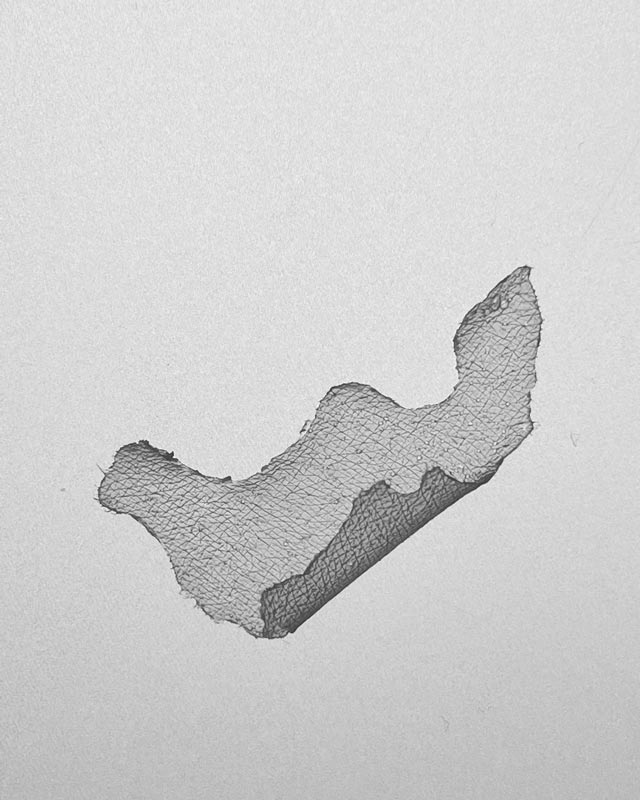
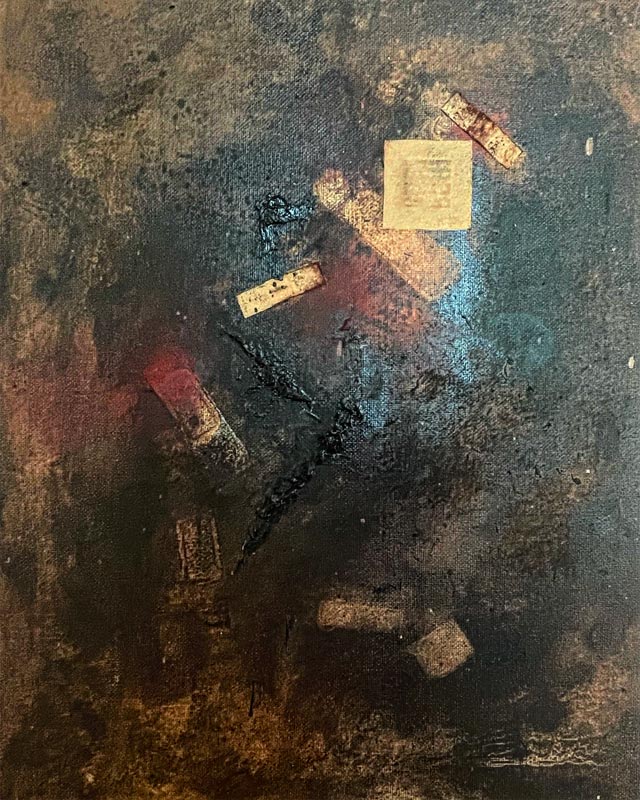
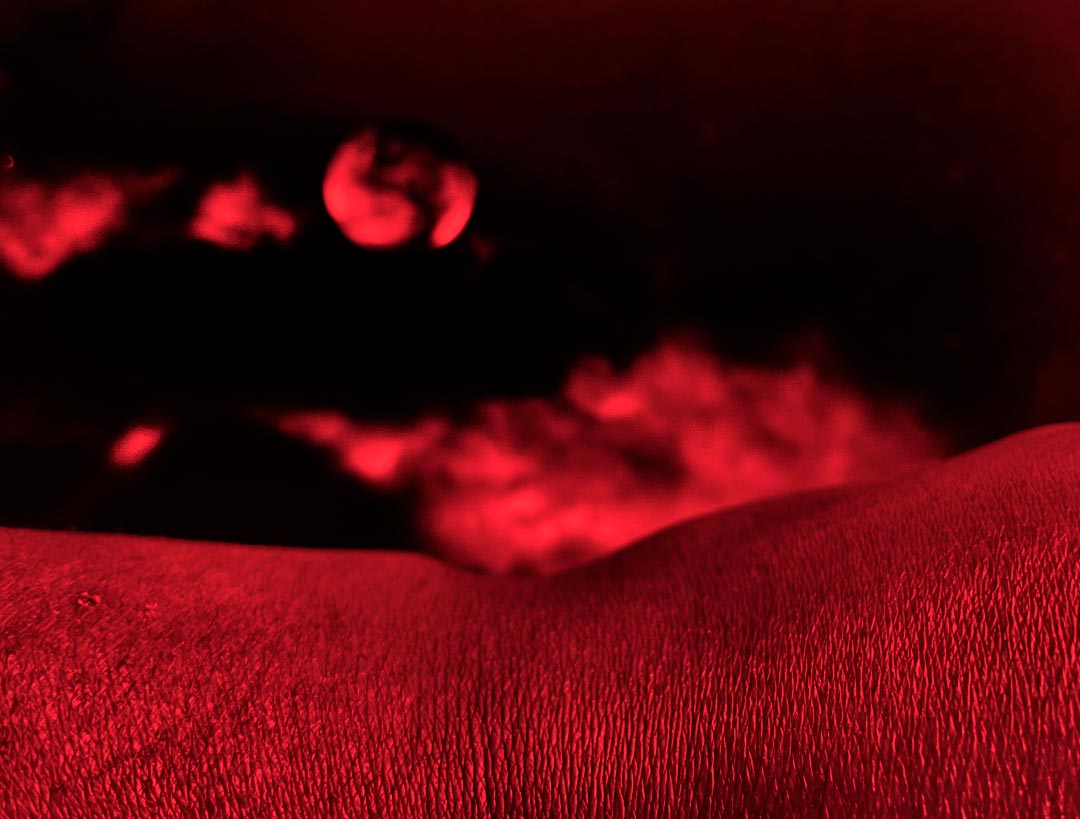

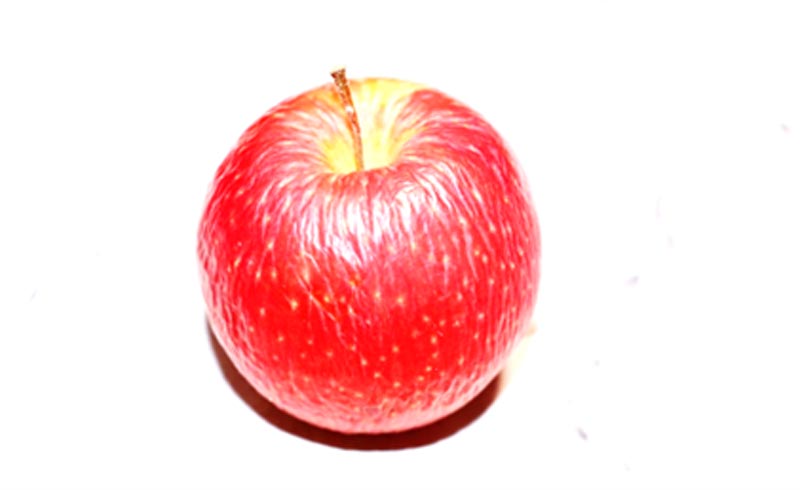
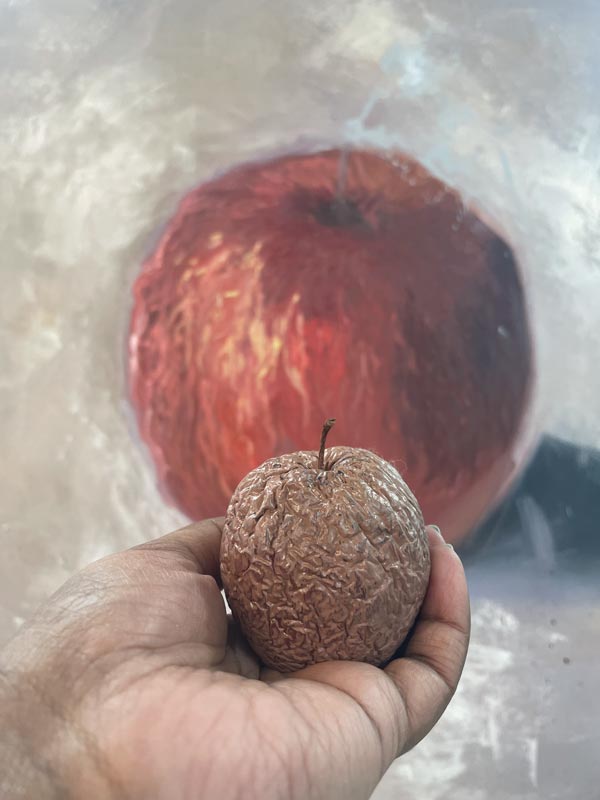
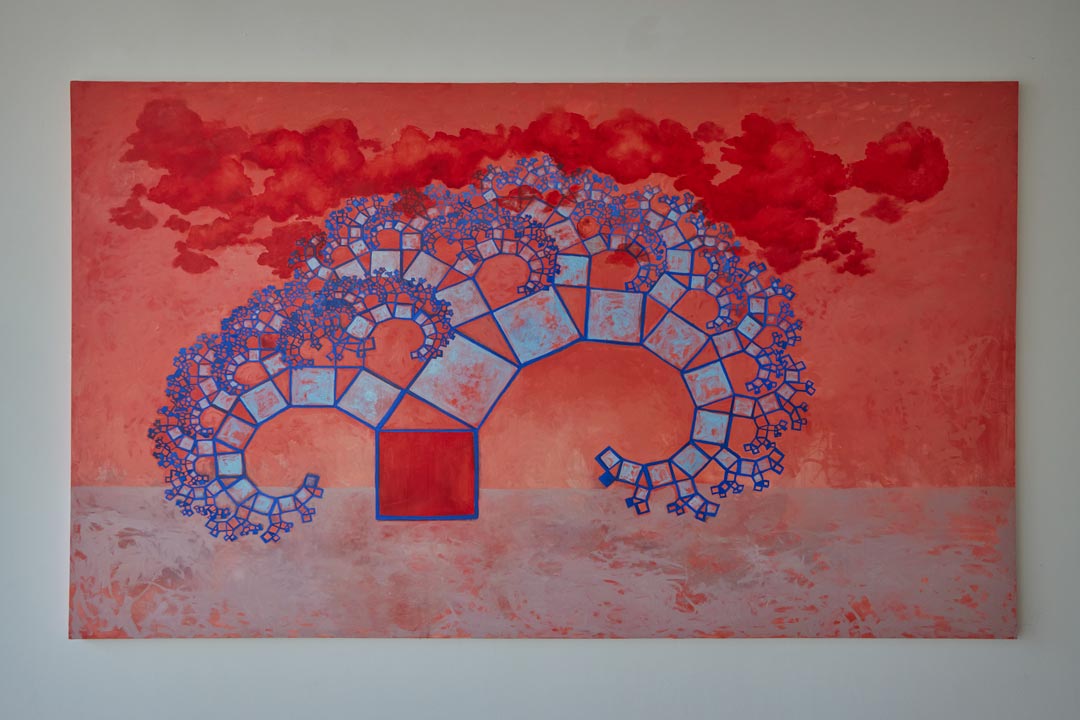
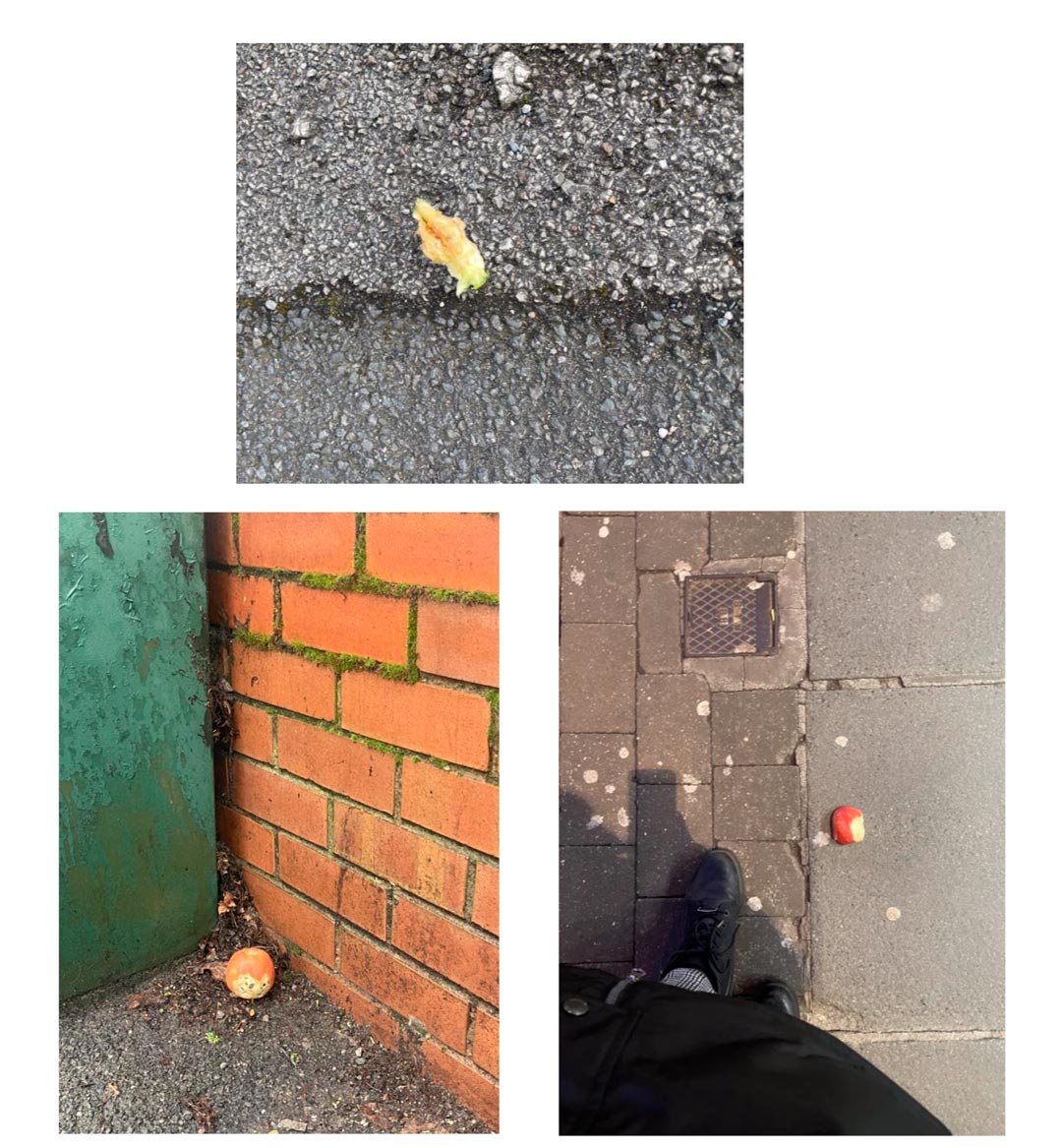
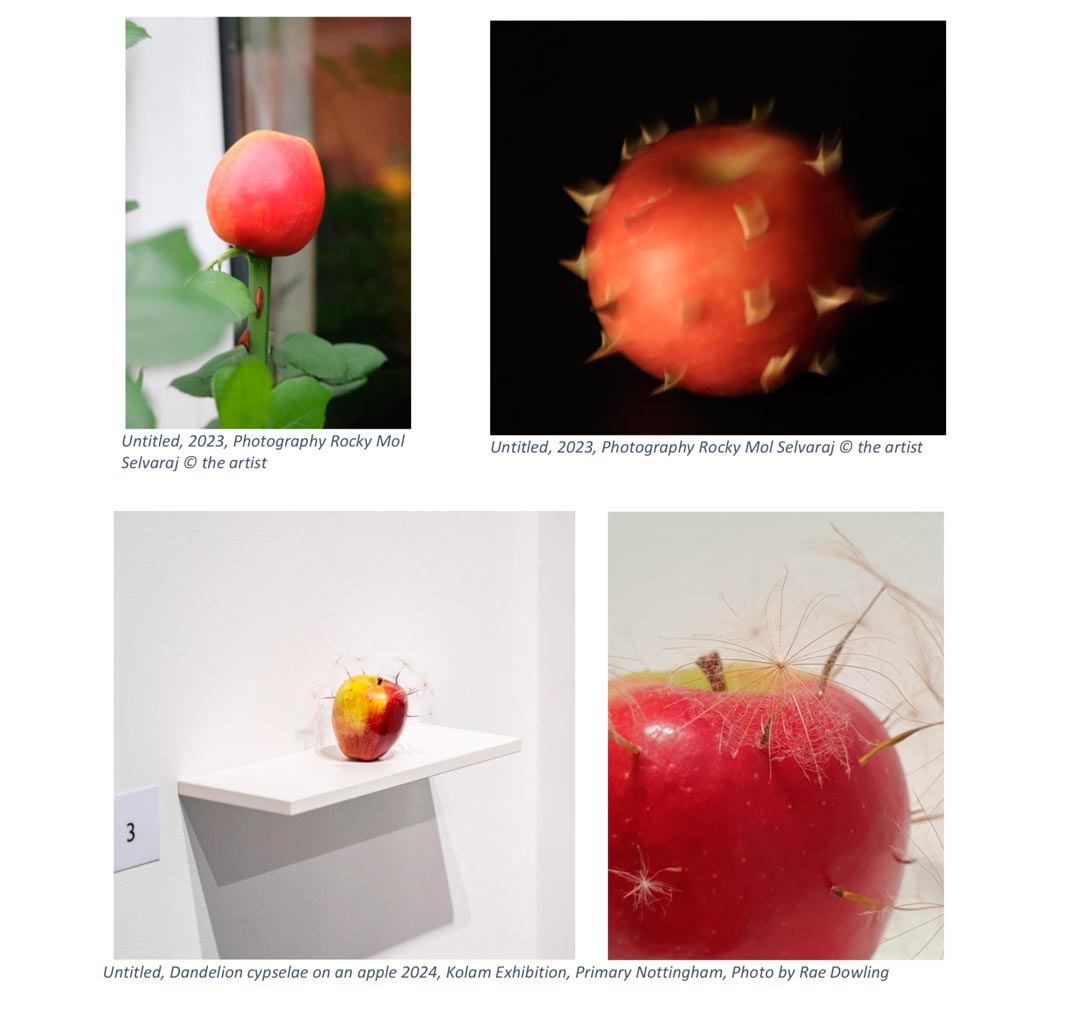
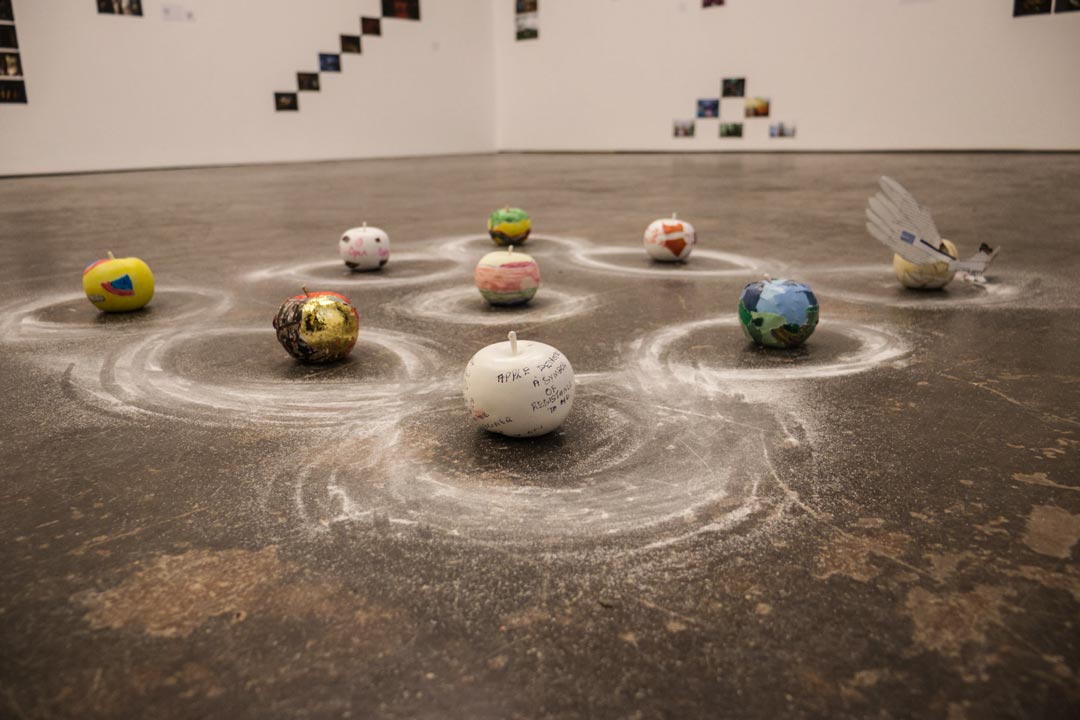
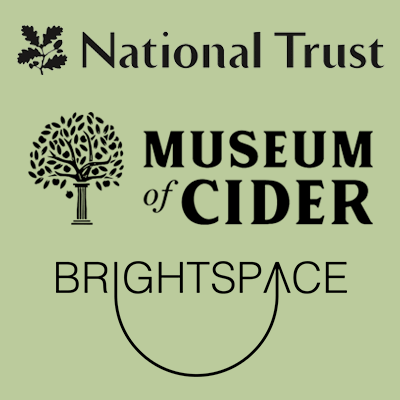

 Little Apple by The Chopstick Brothers
Little Apple by The Chopstick Brothers Barnaby Barford - Land of Hope and Glory Copyright © Barnaby Barford 2021
Barnaby Barford - Land of Hope and Glory Copyright © Barnaby Barford 2021